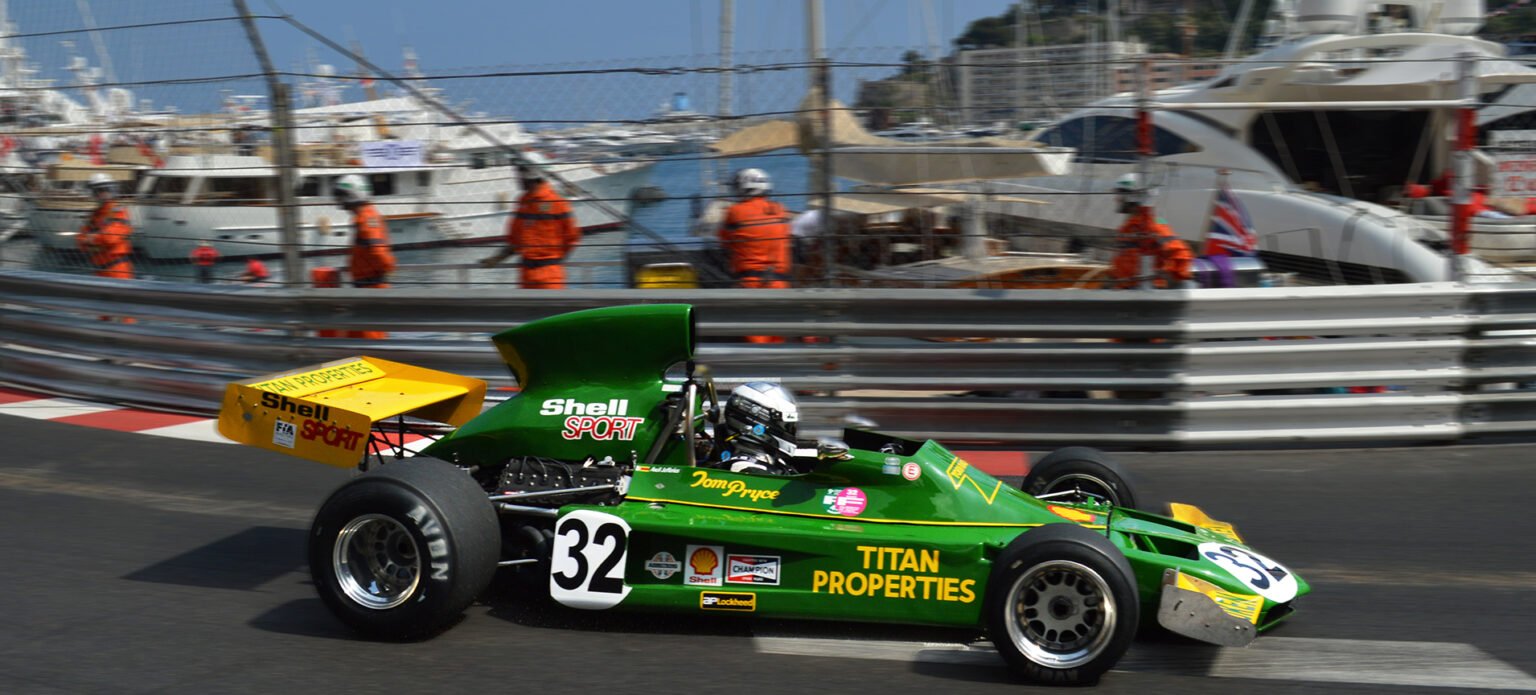Monaco’s Circuit: A Lap Guide
Navigating a lap around the Circuit de Monaco is to traverse through the heart of Formula 1 history. This iconic track, threading through the streets of Monte Carlo and La Condamine, challenges drivers like no other circuit in the F1 calendar. With its narrow roads, tight corners, and elevation changes, every turn and straight has its own story. This guide will take you on a detailed exploration of a lap around the Monaco Grand Prix circuit, highlighting the key features that make it the ultimate test of precision driving.
Start/Finish Straight
The lap begins on Boulevard Albert 1er, with drivers blasting off the start line towards the first challenge, the Sainte-Dévote Corner. The relatively short start/finish straight offers one of the few opportunities for overtaking but demands immediate braking for the upcoming tight right-hander.
Sainte-Dévote Corner (Turn 1)
Named after the nearby Saint Devota Chapel, this is a notorious turn where many races have been won or lost on the first lap. The uphill right-hander requires precise braking and a well-judged entry speed to avoid the barriers on the exit. A mistake here can end a driver’s race early or force them into the escape road.
Beau Rivage
After Sainte-Dévote, drivers ascend the Beau Rivage, the longest full-throttle section of the track. This uphill stretch to the Massenet corner offers a brief moment of respite before the complexities of the circuit intensify, providing spectators with stunning views of the cars against the Monaco skyline.
Massenet (Turn 3) and Casino Square (Turn 4)
A sweeping left-hander, Massenet flows directly into the iconic Casino Square. Drivers must manage a blind entry and quickly adjust for the right turn around the Casino de Monte-Carlo, one of the circuit’s most picturesque and challenging sections. Precision is key to maintaining speed through these corners.
Mirabeau Haute and Loews Hairpin (Turn 5 and 6)
The track then leads to the Mirabeau Haute, a tight right that precedes the slowest and most famous corner in Formula 1, the Loews Hairpin (also known as the Fairmont Hairpin). Drivers navigate this hairpin at crawling speeds, often brushing the barriers in a display of skill and nerve.
Portier Corners (Turns 7 and 8)
Exiting the hairpin, drivers face the Portier corners, a tight left-right sequence that demands perfect positioning to set up for the tunnel. These corners are crucial for lap time, as they lead onto the tunnel straight, where speed is paramount.
Tunnel (Turn 9)
The high-speed tunnel section is a unique feature of the Monaco circuit, plunging drivers into darkness before emerging into the daylight at the Nouvelle Chicane. The sudden change in light and the high speeds make this section both exhilarating and challenging.
Nouvelle Chicane (Turns 10 and 11)
Exiting the tunnel, drivers must brake hard for the Nouvelle Chicane, a tight left-right sequence that tests braking stability and traction. Precision is crucial to avoid clipping the barriers and to set up for the Tabac corner.
Tabac (Turn 12) to La Rascasse (Turns 18 and 19)
After Tabac, a fast left-hander, drivers navigate a quick sequence of corners including the Swimming Pool complex, where cars dance between the barriers at high speeds. The lap concludes with the tight right-hander at La Rascasse and the short sprint to the final corner, Anthony Noghès, leading back onto the start/finish straight.
Conclusion
A lap of the Circuit de Monaco is a masterclass in precision driving, demanding total concentration and skill from the drivers. The circuit’s narrow streets, tight corners, and elevation changes offer no respite, challenging even the most experienced racers. The Monaco Grand Prix remains the crown jewel of the Formula 1 calendar, not only for its history and glamour but for the unparalleled challenge it presents to drivers and teams alike.




